News
What will happen to Obama’s National EV Charging Corridor initiative?
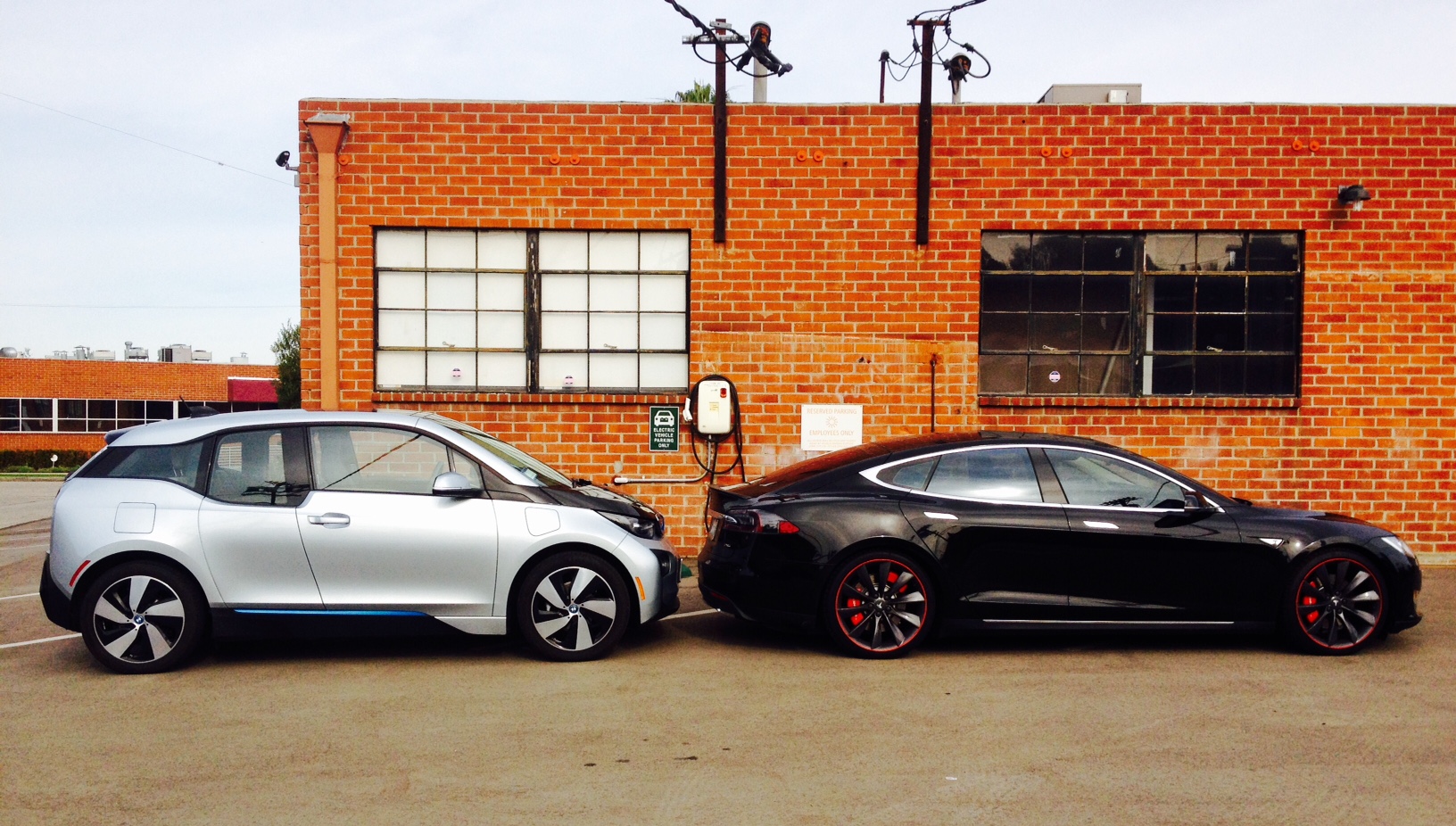
As part of an eight year commitment to combat climate change, increase access to clean energy technologies, and reduce U.S. dependence on oil, the Obama administration unveiled a series of executive actions to establish 48 national electric vehicle (EV) charging corridors on U.S. highways. But will the proposed EV charging corridors, which were announced in early November, 2016, stand up to the formidable will of Donald Trump’s transitional head of the EPA, Myron Ebell?
Ebell is director of the Center for Energy and Environment at the conservative Competitive Enterprise Institute and is the lead voice of U.S. climate deniers. He chairs the Cooler Heads Coalition, which comprises over two dozen non-profit groups in this country and abroad that question global warming “alarmism” and oppose “energy rationing” policies. Ebell’s role on the Trump team has been interpreted by many, including Scientific American, National Geographic, and the New York Times, as a sign that the next administration will be looking to drastically reshape the climate policies that the EPA has pursued under the Obama administration.
Since President Obama took office, the number of plug-in EV models has increased from one to more than twenty, battery costs have decreased 70 percent, and the number of EV charging stations has grown from less than 500 in 2008 to more than 16,000 in 2016. Described as “creating a new way of thinking about transportation that will drive America forward,” the National Electric Vehicle Charging Corridors on U.S. Highways initiatives were intended to create 48 designated EV routes which would cover nearly 25,000 miles in 35 states.
The National Electric Vehicle Charging Corridors on U.S. Highways initiative is part of a larger Obama administration plan to lower EV purchase costs through increasing automotive manufacturers’ demand. By promoting EV innovation and adoption and expanding the national EV infrastructure, the Obama administration has fostered a climate in which more than $1 million and 1,211,650 gallons in potential annual fuel savings could be accrued. However, Trump has indicated that his administration will work to remove EPA environmental regulations as a way of allowing American business to thrive.
Trump consistently has been vocal in his skepticism of climate change science, which calls for the shift in U.S. fuel consumption to alternative sources like decentralized electricity.
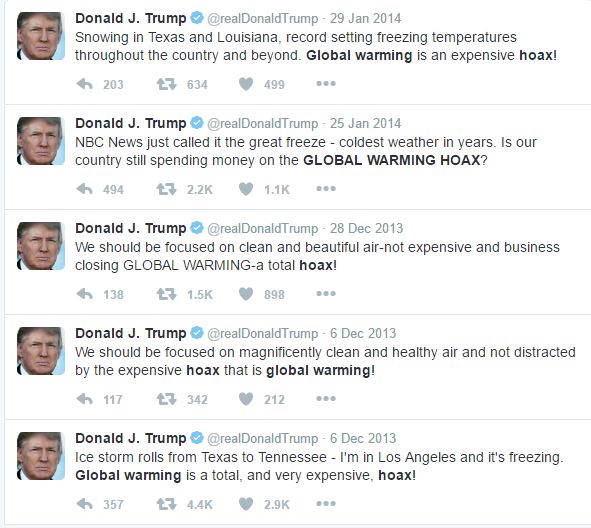
While on the campaign trail, Trump had focused on lifting restrictions on oil and gas instead of looking to U.S. clean energy and an eventual reduction of reliance on fossil fuels. Trump stated that lifting fossil fuel restrictions would increase GDP by more than $127 billion, add about 500,000 jobs, and increase wages by $30 billion each year over over seven years. Those figures come from the Institute for Energy Research, a nonprofit that advocates for a free-market approach to energy and claims there is an “enormous volume of sensationalized, simplistic and often plain wrong information” on climate change.
“This is not academic research and would never see the light of day in an academic journal. The pioneering research … from years ago is rarely employed any more by economists,” said Thomas Kinnaman, chair of the Economics Department at Bucknell University, who reviewed the IER report. Kinnaman’s analysis was confirmed by Peter Maniloff, assistant professor of economics at the Colorado School of Mines, who said the IER study is based on a questionable assumption. “The IER report assumes that policy restrictions are the major factor holding back coal, oil, and gas production.” He went on to describe the rationale as more to do with straightforward economics,” he said. “Domestic oil drilling on available land has dropped by three-quarters since 2014 due to low prices.”
Another area in which the Obama administration sought to promote EV clean energy was the release of up to $4.5 billion in loan guarantees to support commercial-scale deployment of innovative EV charging facilities. In support, nearly 50 industry members signed onto a “Guiding Principles to Promote Electric Vehicles and Charging Infrastructure” agreement. Thirty-eight new businesses, non-profits, universities, and utilities committed to provide EV charging access for their workforces, with 24 state and local governments partnering with the Administration to increase the procurement of EVs in their fleets.
Investment in such a robust network of charging facilities contradicts energy policy promoted by Ebell, who has said that “a lot of third, fourth and fifth rate scientists have gotten a long ways” by embracing climate change. He frequently mocks climate leaders like Al Gore and has called the movement the “forces of darkness” because “they want to turn off the lights all over the world.”
Ebell has been a voice in the ear of Congress with his opposition to President Obama’s Clean Power Plan. This is a series of policy initiatives designed to lower emissions from fossil fuel generating plants, particularly those that still rely on coal to generate electricity. The United States Department of Transportation (DOT) would be the liaison among the administration, states, localities, and the private sector for the EV corridors. Already, 28 states, utilities, vehicle manufacturers, and change organizations have committed to accelerating the deployment of an EV charging infrastructure on the DOT’s corridors. The goal is that these initial corridors would serve as a basis for “coast to coast zero emission mobility on our nation’s highways.”
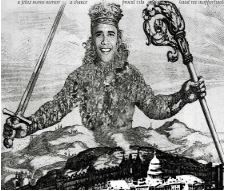
Obama caricature [Source: globalwarming.org]
Earlier, Ebell had written a blog post stating that the Obama administration’s Existing Source Performance Standards contained within the Clean Power Plan were “colossally costly” and “obviously illegal.” His post includes the mashup of President Obama.
To ascertain optimal national EV charging deployment scenarios, including along DOT’s designated fueling corridors, the United States Department of Energy (DOE) is in the midst of conducting two studies. Developed with national laboratories and with input from a range of stakeholder, the first is a national EV infrastructure analysis that identifies the optimal number of charging stations for different EV market penetration scenarios. The second will provide best practices for EV fast charging installation, including system specifications as well as siting, power availability, and capital and maintenance cost considerations.
The future of U.S. coast to coast zero emission mobility on our nation’s highways is in serious jeopardy with President Trump in the White House.

Investor's Corner
Tesla stock closes at all-time high on heels of Robotaxi progress
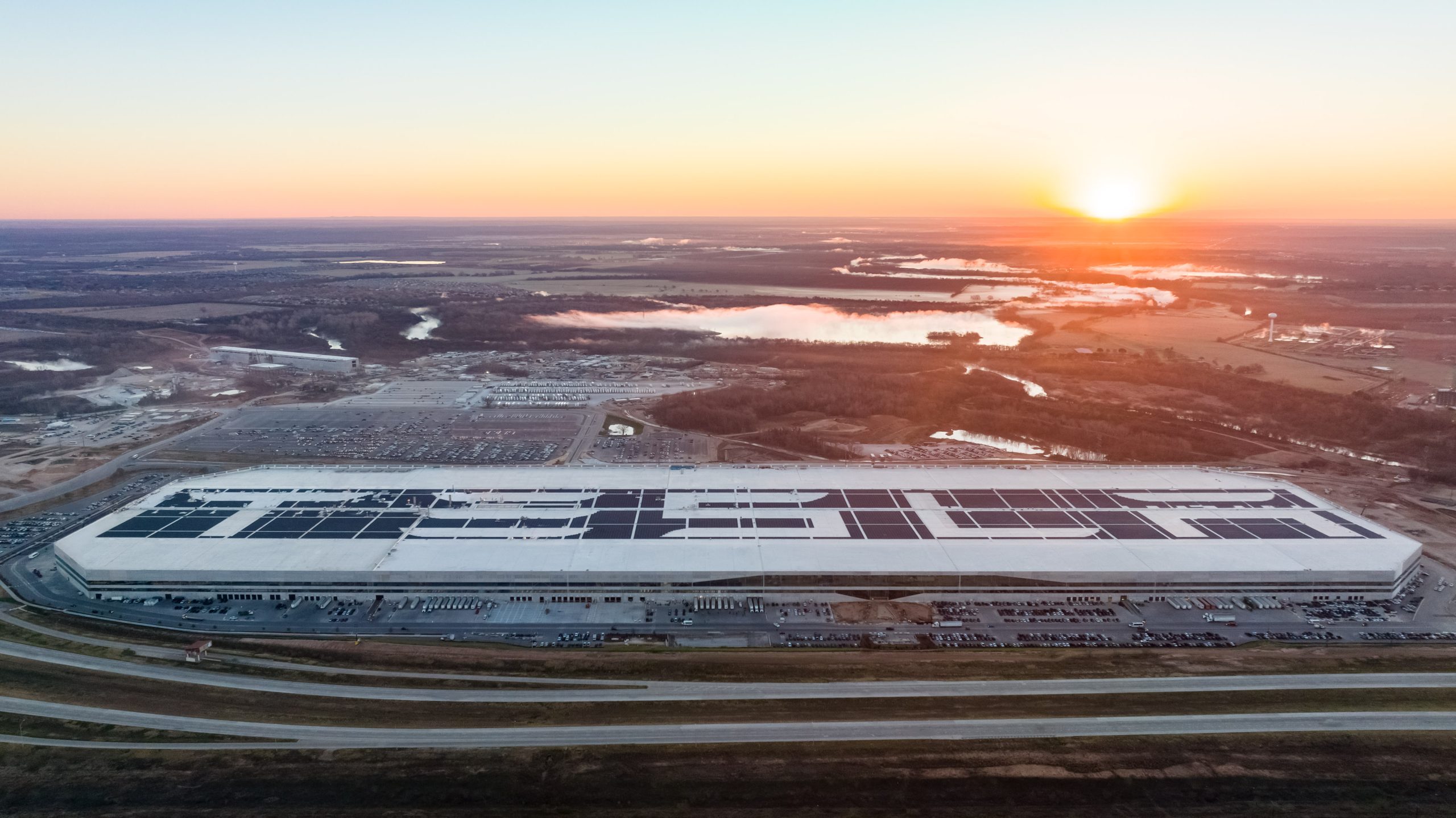
Tesla stock (NASDAQ: TSLA) closed at an all-time high on Tuesday, jumping over 3 percent during the day and finishing at $489.88.
The price beats the previous record close, which was $479.86.
Shares have had a crazy year, dipping more than 40 percent from the start of the year. The stock then started to recover once again around late April, when its price started to climb back up from the low $200 level.
This week, Tesla started to climb toward its highest levels ever, as it was revealed on Sunday that the company was testing driverless Robotaxis in Austin. The spike in value pushed the company’s valuation to $1.63 trillion.
Tesla Robotaxi goes driverless as Musk confirms Safety Monitor removal testing
It is the seventh-most valuable company on the market currently, trailing Nvidia, Apple, Alphabet (Google), Microsoft, Amazon, and Meta.
Shares closed up $14.57 today, up over 3 percent.
The stock has gone through a lot this year, as previously mentioned. Shares tumbled in Q1 due to CEO Elon Musk’s involvement with the Department of Government Efficiency (DOGE), which pulled his attention away from his companies and left a major overhang on their valuations.
However, things started to rebound halfway through the year, and as the government started to phase out the $7,500 tax credit, demand spiked as consumers tried to take advantage of it.
Q3 deliveries were the highest in company history, and Tesla responded to the loss of the tax credit with the launch of the Model 3 and Model Y Standard.
Additionally, analysts have announced high expectations this week for the company on Wall Street as Robotaxi continues to be the focus. With autonomy within Tesla’s sights, things are moving in the direction of Robotaxi being a major catalyst for growth on the Street in the coming year.
Elon Musk
Tesla needs to come through on this one Robotaxi metric, analyst says
“We think the key focus from here will be how fast Tesla can scale driverless operations (including if Tesla’s approach to software/hardware allows it to scale significantly faster than competitors, as the company has argued), and on profitability.”
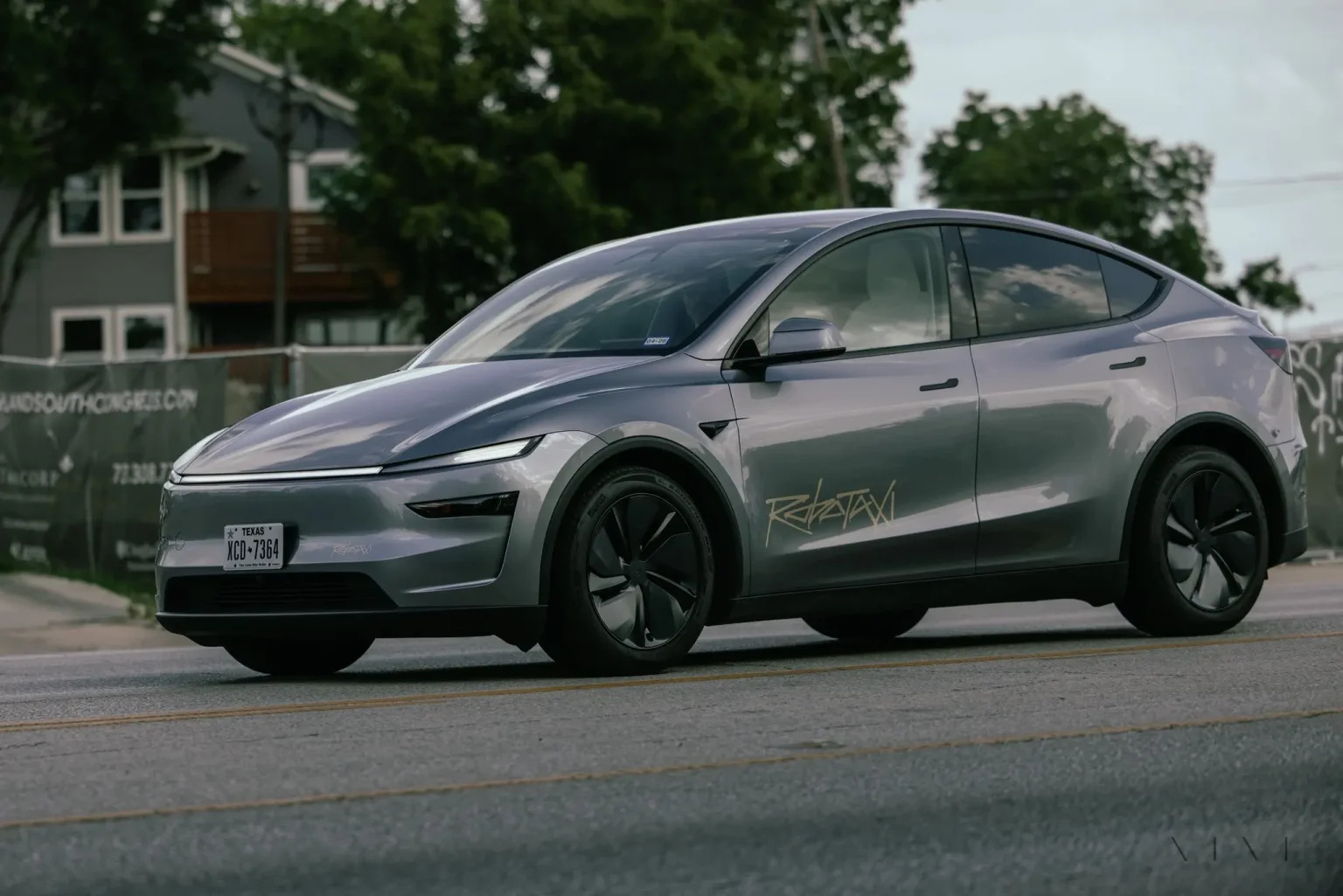
Tesla needs to come through on this one Robotaxi metric, Mark Delaney of Goldman Sachs says.
Tesla is in the process of rolling out its Robotaxi platform to areas outside of Austin and the California Bay Area. It has plans to launch in five additional cities, including Houston, Dallas, Miami, Las Vegas, and Phoenix.
However, the company’s expansion is not what the focus needs to be, according to Delaney. It’s the speed of deployment.
The analyst said:
“We think the key focus from here will be how fast Tesla can scale driverless operations (including if Tesla’s approach to software/hardware allows it to scale significantly faster than competitors, as the company has argued), and on profitability.”
Profitability will come as the Robotaxi fleet expands. Making that money will be dependent on when Tesla can initiate rides in more areas, giving more customers access to the program.
There are some additional things that the company needs to make happen ahead of the major Robotaxi expansion, one of those things is launching driverless rides in Austin, the first city in which it launched the program.
This week, Tesla started testing driverless Robotaxi rides in Austin, as two different Model Y units were spotted with no occupants, a huge step in the company’s plans for the ride-sharing platform.
Tesla Robotaxi goes driverless as Musk confirms Safety Monitor removal testing
CEO Elon Musk has been hoping to remove Safety Monitors from Robotaxis in Austin for several months, first mentioning the plan to have them out by the end of 2025 in September. He confirmed on Sunday that Tesla had officially removed vehicle occupants and started testing truly unsupervised rides.
Although Safety Monitors in Austin have been sitting in the passenger’s seat, they have still had the ability to override things in case of an emergency. After all, the ultimate goal was safety and avoiding any accidents or injuries.
Goldman Sachs reiterated its ‘Neutral’ rating and its $400 price target. Delaney said, “Tesla is making progress with its autonomous technology,” and recent developments make it evident that this is true.
Investor's Corner
Tesla gets bold Robotaxi prediction from Wall Street firm
Last week, Andrew Percoco took over Tesla analysis for Morgan Stanley from Adam Jonas, who covered the stock for years. Percoco seems to be less optimistic and bullish on Tesla shares, while still being fair and balanced in his analysis.
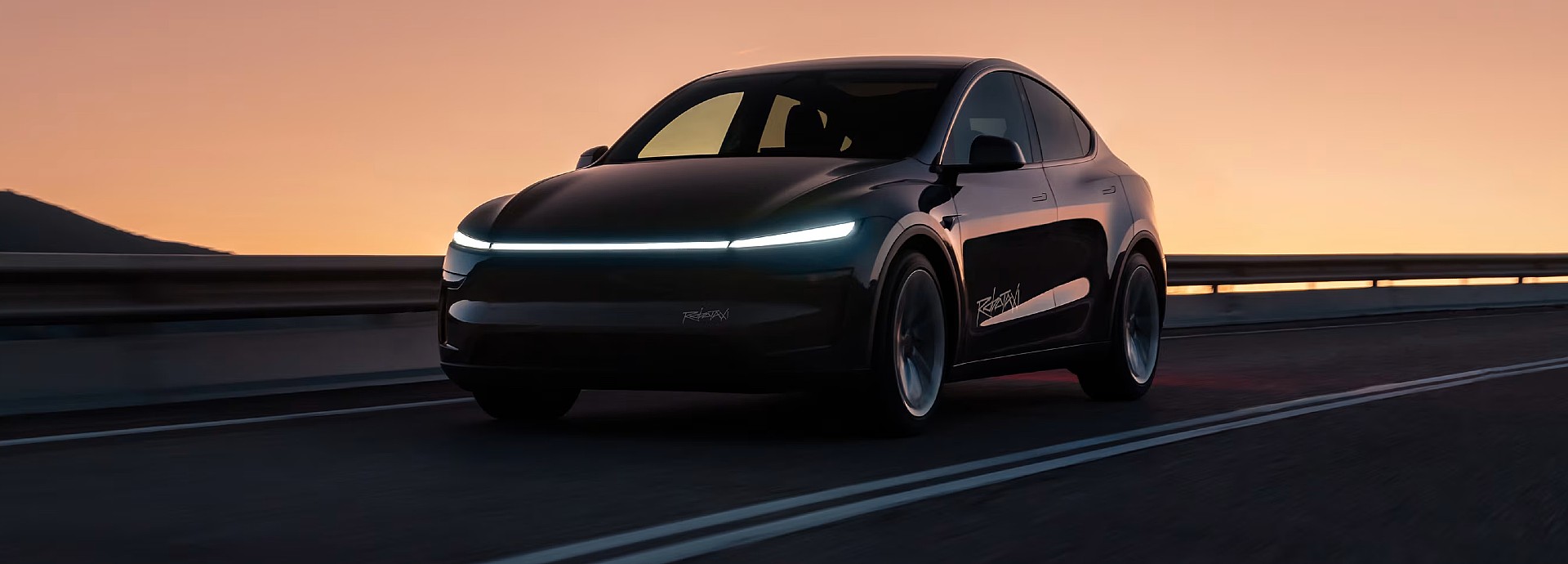
Tesla (NASDAQ: TSLA) received a bold Robotaxi prediction from Morgan Stanley, which anticipates a dramatic increase in the size of the company’s autonomous ride-hailing suite in the coming years.
Last week, Andrew Percoco took over Tesla analysis for Morgan Stanley from Adam Jonas, who covered the stock for years. Percoco seems to be less optimistic and bullish on Tesla shares, while still being fair and balanced in his analysis.
Percoco dug into the Robotaxi fleet and its expansion in the coming years in his latest note, released on Tuesday. The firm expects Tesla to increase the Robotaxi fleet size to 1,000 vehicles in 2026. However, that’s small-scale compared to what they expect from Tesla in a decade.
Tesla expands Robotaxi app access once again, this time on a global scale
By 2035, Morgan Stanley believes there will be one million Robotaxis on the road across multiple cities, a major jump and a considerable fleet size. We assume this means the fleet of vehicles Tesla will operate internally, and not including passenger-owned vehicles that could be added through software updates.
He also listed three specific catalysts that investors should pay attention to, as these will represent the company being on track to achieve its Robotaxi dreams:
- Opening Robotaxi to the public without a Safety Monitor. Timing is unclear, but it appears that Tesla is getting closer by the day.
- Improvement in safety metrics without the Safety Monitor. Tesla’s ability to improve its safety metrics as it scales miles driven without the Safety Monitor is imperative as it looks to scale in new states and cities in 2026.
- Cybercab start of production, targeted for April 2026. Tesla’s Cybercab is a purpose-built vehicle (no steering wheel or pedals, only two seats) that is expected to be produced through its state-of-the-art unboxed manufacturing process, offering further cost reductions and thus accelerating adoption over time.
Robotaxi stands to be one of Tesla’s most significant revenue contributors, especially as the company plans to continue expanding its ride-hailing service across the world in the coming years.
Its current deployment strategy is controlled and conservative to avoid any drastic and potentially program-ruining incidents.
So far, the program, which is active in Austin and the California Bay Area, has been widely successful.








